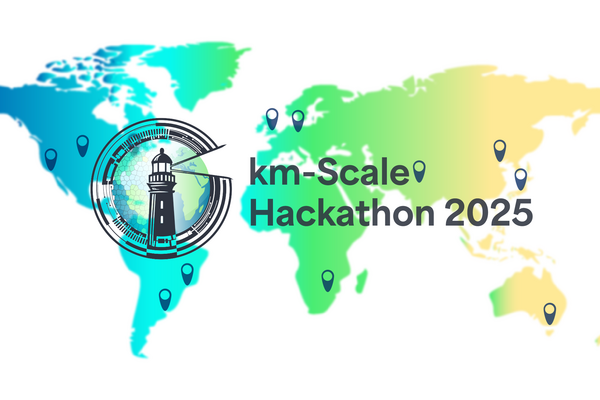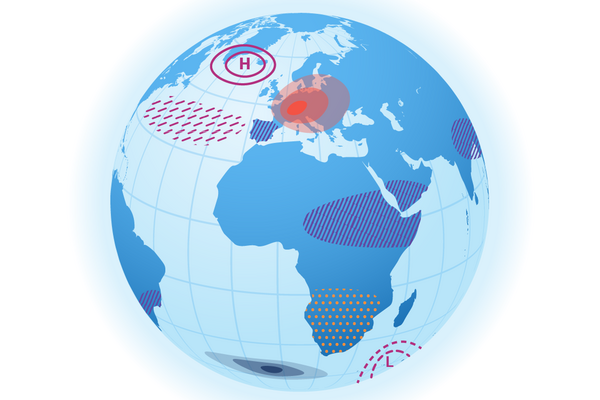
Weather forecasting and climate modeling move closer together
The ICON model can be used for weather forecasting as well as climate predictions and long-term projections. So far, however, the different…

A puzzling temperature pattern in the tropical Pacific
The tropical Pacific not only impacts the weather in various regions of the world, but also determines the overall response of the climate system to…

More than 100 scientists join the Hamburg node of the WCRP Global Km-Scale Hackathon
Researchers from around the globe gather, virtually and physically, for the first World Climate Research Programme (WCRP) Global Km-Scale Hackathon,…

New climate model reveals the triggers of abrupt climatic changes in the past 20,000 years
Between the last glacial maximum and today, humans were exposed to severe changes of the climate: Coastal settlement areas were lost due to rising…

Regional climate signals pose new challenges for climate science
Climate science has correctly predicted many aspects of the climate system and its response to increased atmospheric carbon dioxide concentrations.…

Embracing diversity for the future of climate modeling
What's next for climate modeling? Five internationally recognized female scientists have joined forces to come up with an answer. They argue: Instead…
![[Translate to English:] [Translate to English:]](/fileadmin/_processed_/a/1/csm_pexels-christopher-politano-978995-30145743_0be4682f6e.jpg)
Airborne microplastics: Where do they come from, where do they go?
How tiny plastic particles enter the atmosphere is an important question, as airborne microplastics are a potential health threat. Using a global…

MPI-M to be one of the first users of Europe's fastest supercomputer JUPITER
One of the first applications on the new exascale computer JUPITER at Forschungszentrum Jülich will be high-resolution simulations of the climate…
![[Translate to English:] [Translate to English:]](/fileadmin/_processed_/3/9/csm_PB080743_quer3_b992ccce98.png)
“Hasselmann legacy” symposium on stochastic thinking in climate science
Renowned researchers meet at the Max Planck Institute for Meteorology in order to discuss current and future work in the line of Klaus Hasselmann’s…
![[Translate to English:] [Translate to English:]](/fileadmin/_processed_/7/7/csm_IMG_9756_cda4de2450.jpg)
Delegation of the Chinese Academy of Sciences visits MPI-M
On the occasion of 50 years of collaboration between the Max Planck Society and the Chinese Academy of Sciences, a Chinese delegation is currently…
![[Translate to English:] [Translate to English:]](/fileadmin/_processed_/0/3/csm_T_Tropics_Workshop_1_d9ea122542.jpg)
Solving the Pacific Puzzle: TROPICS workshop meets at MPI-M
Upon invitation by MPI-M Director Sarah Kang, world-renowned climate researchers are currently gathering at the Max Planck Institute for Meteorology…
![[Translate to English:] [Translate to English:]](/fileadmin/_processed_/7/7/csm__HALO-spotted-from-Meteor_Credit-James-Ruppert_University-of-Oklahoma_f02edee888.jpg)
ORCESTRA: Half-time for the tropical cloud experiment
MPI-M researchers and their partner institutions are currently performing atmospheric measurements over the equatorial Atlantic with eight…
